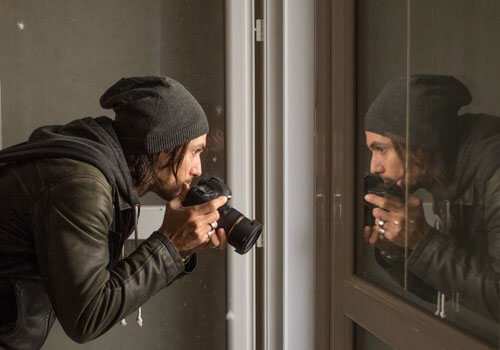Born in Paris in 1977, Alban Lécuyer studied Journalism and Photography at the Lille Graduate School of Journalism (France). He mainly works as a photographer of architecture within public projects and for private companies (advertising campaigns, photographic missions). Whilst collaborating with various journals, he teaches the History of Photography and Image Analysis at the DMA in Nantes (France). His personal projects centre around the analysis of new forms of dwellings from the social, economic, political and media point of view, and on the alteration of urban space. His works have been exhibited in Spain (Getxophoto Festival), in Switzerland (Biel Festival of Photography) and in France (Le BAL, Circulation(s) Festival, Images Singulières Festival, Archifoto – International Awards of Architectural Photography, etc.).
The Here Soon project transposes reality from everyday city life into the aesthetic of computer graphics, which aim to showcase high-quality real estate projects. The pictures of the series reproduce the codes of those fictitious representations of reality: contrasts are light, shadows are reduced to a minimum, and all that stands between the spectator and the architectural project – trees, vehicles, passers-by and so on – is shown in transparency. Nevertheless, the frame leaves place for writing on the walls, laundry hung out to dry, abandoned objects, trash – everything that bears witness to a civilization that has left its mark on the place that it inhabits. The presence of the local residents also calls attention to their singularity, their paths, and their relationship with their surroundings. Therefore, the emergence of a concrete memory of places contradicts the universal and potential value of images.
Selected Books on

